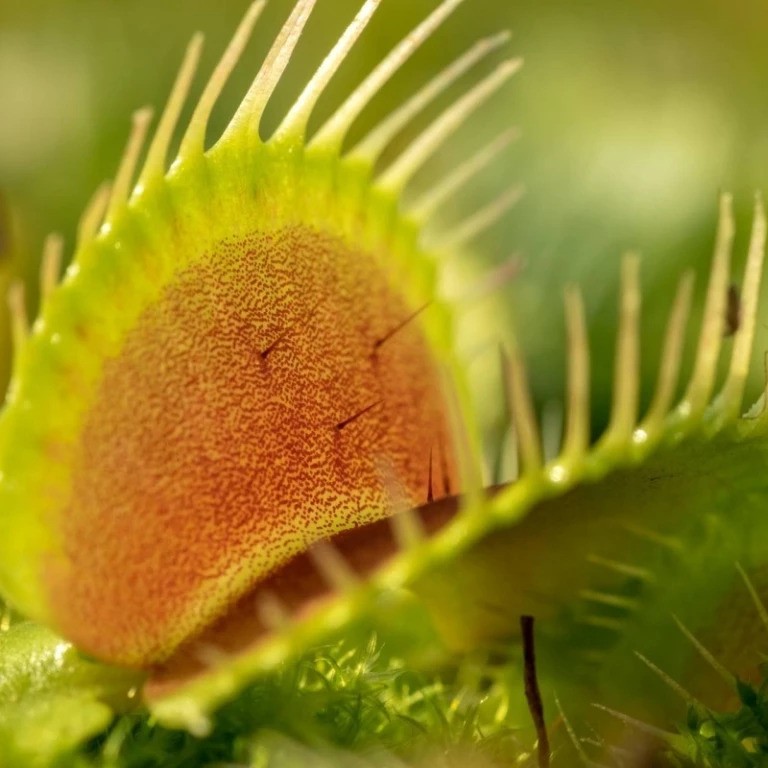Carnivores
| Name: Carnivores | Family: Varies (includes multiple families such as Droseraceae, Nepenthaceae, and Sarraceniaceae) | Type Plant: Perennial or annual, often adapted to nutrient-poor environments |
| Flowering time: Varies by species; typically spring to summer | Best time to buy: Spring or early summer | Max Height: Varies widely, from a few centimeters to over 1 meter, depending on the species |
| Sun/Shadow: Full sun to bright, indirect light | Wintergreen: Many are winter-dormant, depending on the species and climate | Humidity: Prefers high humidity; often grown in terrariums or bog gardens |
Carnivoresplants are a special group of plants that get their nutrients not only from the ground, but also from small animals. The prey is first lured, then held, killed and decomposed, after which the dissolved nutrients are absorbed by the plant.
Characteristics
More than 600 species of carnivorous plants are known, each with its own trapping mechanism. Two common examples are:
· Venus Flytrap: Folds its leaves closed to trap insects.
· Pitcher Plants: Have deep cup-like leaves that hold digestive fluids, attracting and drowning prey.
Care
Although these plants seem complex, care is often quite simple. Most Carnivores plants do well in bright, indirect sunlight and need moist soil. Watering with rainwater or destilled water is recommended, as tap water can contain minerals that can harm the plant. Unlike other plants, they get their nutrients from their caught prey! These are the main care tips, care may vary from variety to variety.
Bloming time






